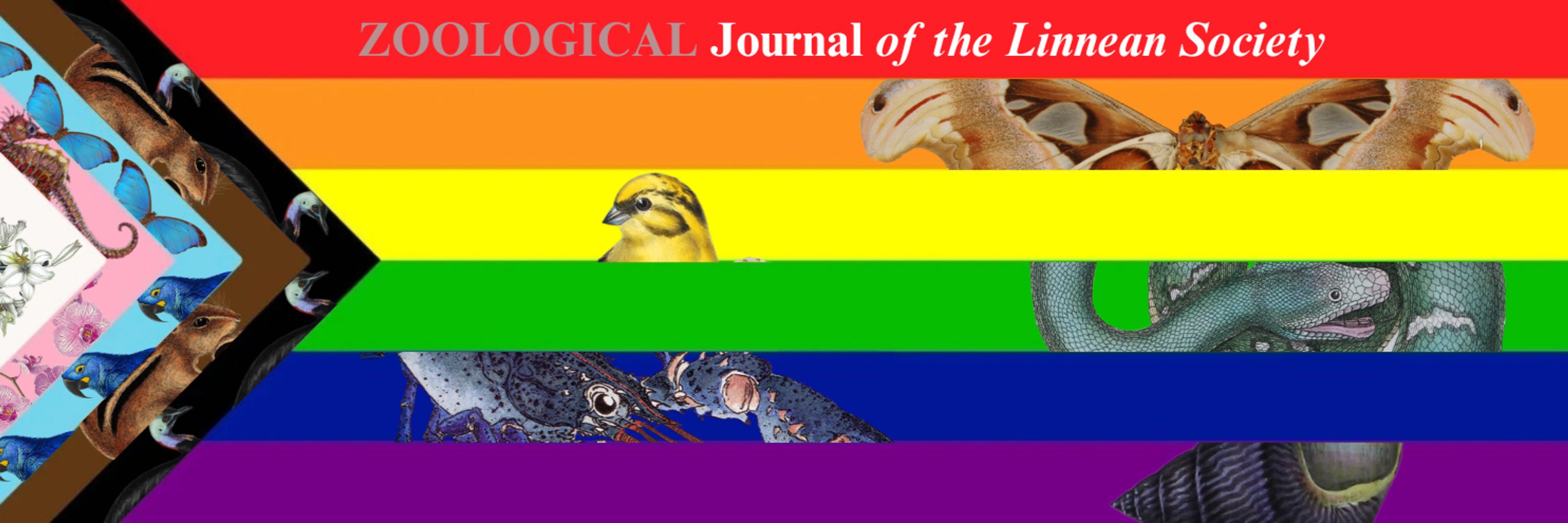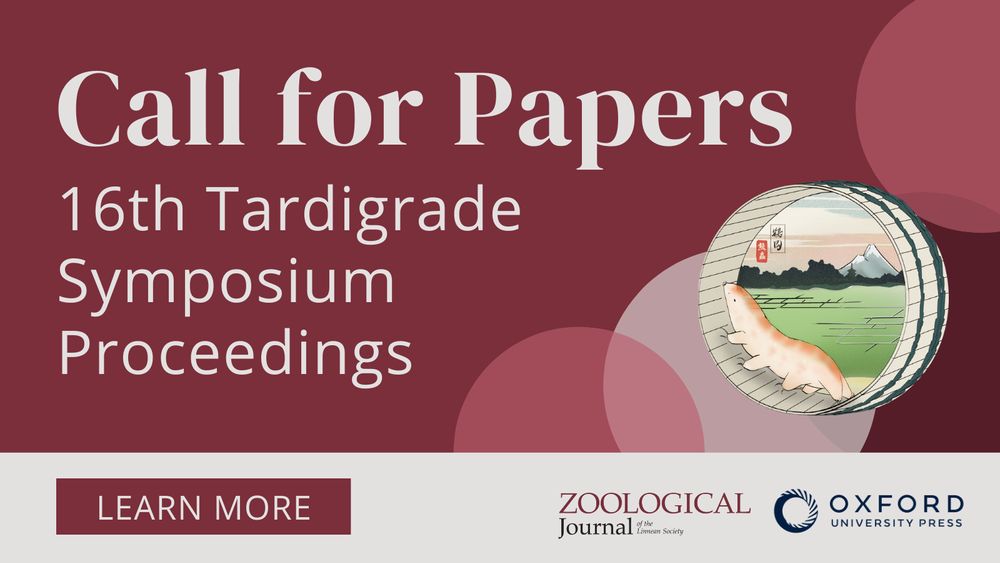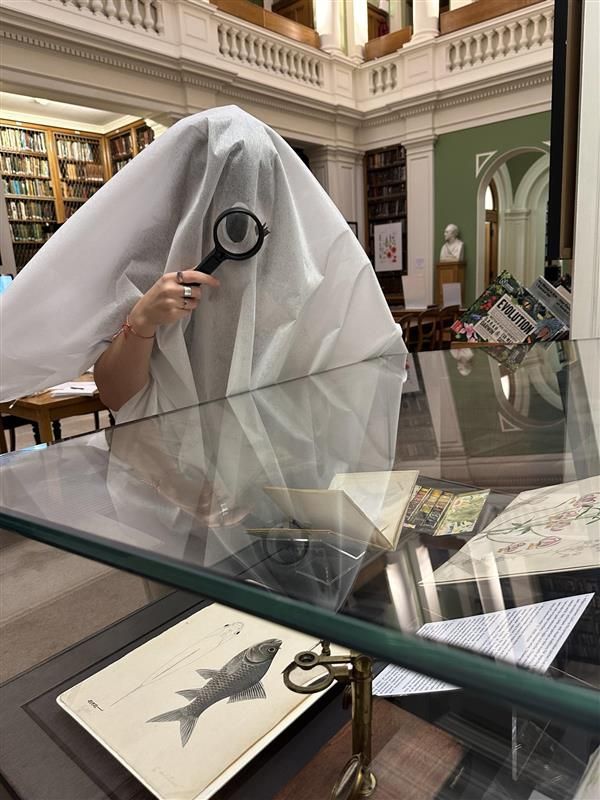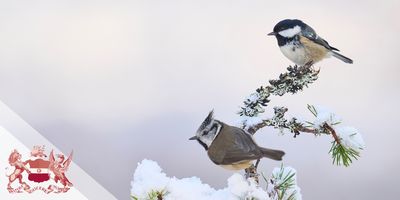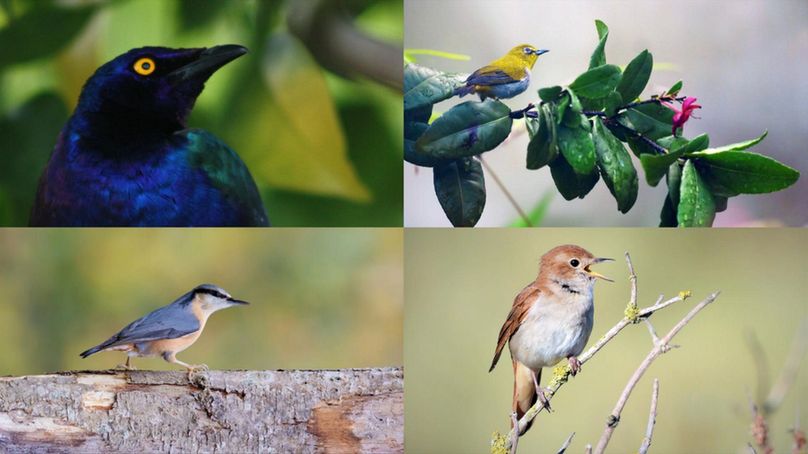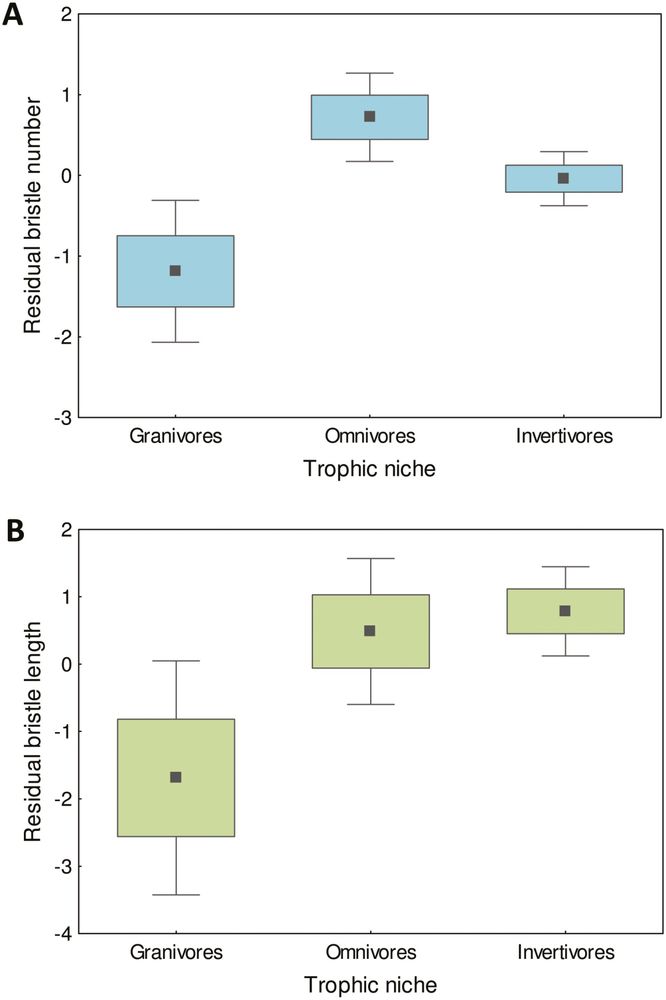Zoological Journal of the Linnean Society
@zoojlinnsoc.bsky.social
660 followers
120 following
88 posts
An international Zoological journal covering systematic & evolutionary research from species both alive and extinct 🐆🦋🪲🦇🦕
Homepage: https://academic.oup.com/zoolinnean
Blog: https://www.linnean.org/news/categories/the-paper-trail
Posts
Media
Videos
Starter Packs
Reposted by Zoological Journal of the Linnean Society
Reposted by Zoological Journal of the Linnean Society
Reposted by Zoological Journal of the Linnean Society
Reposted by Zoological Journal of the Linnean Society
Reposted by Zoological Journal of the Linnean Society
